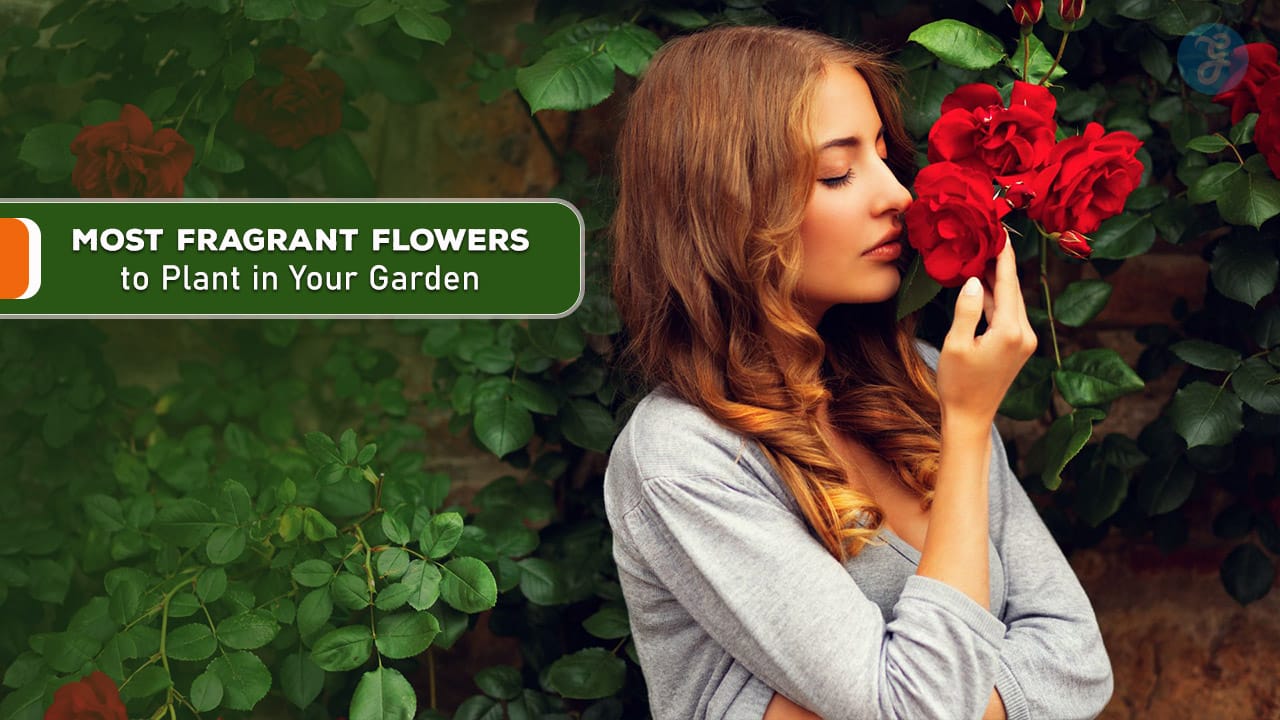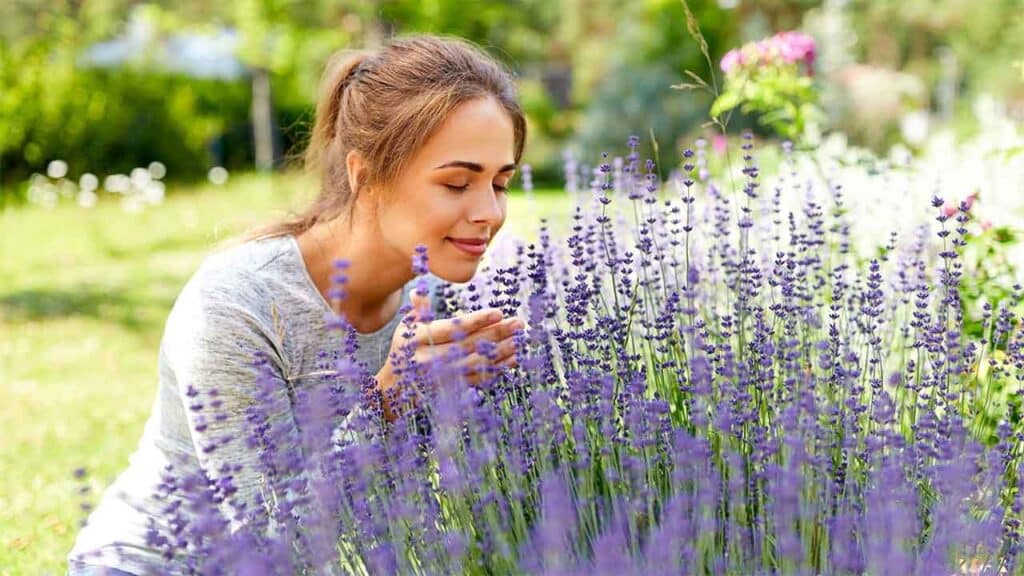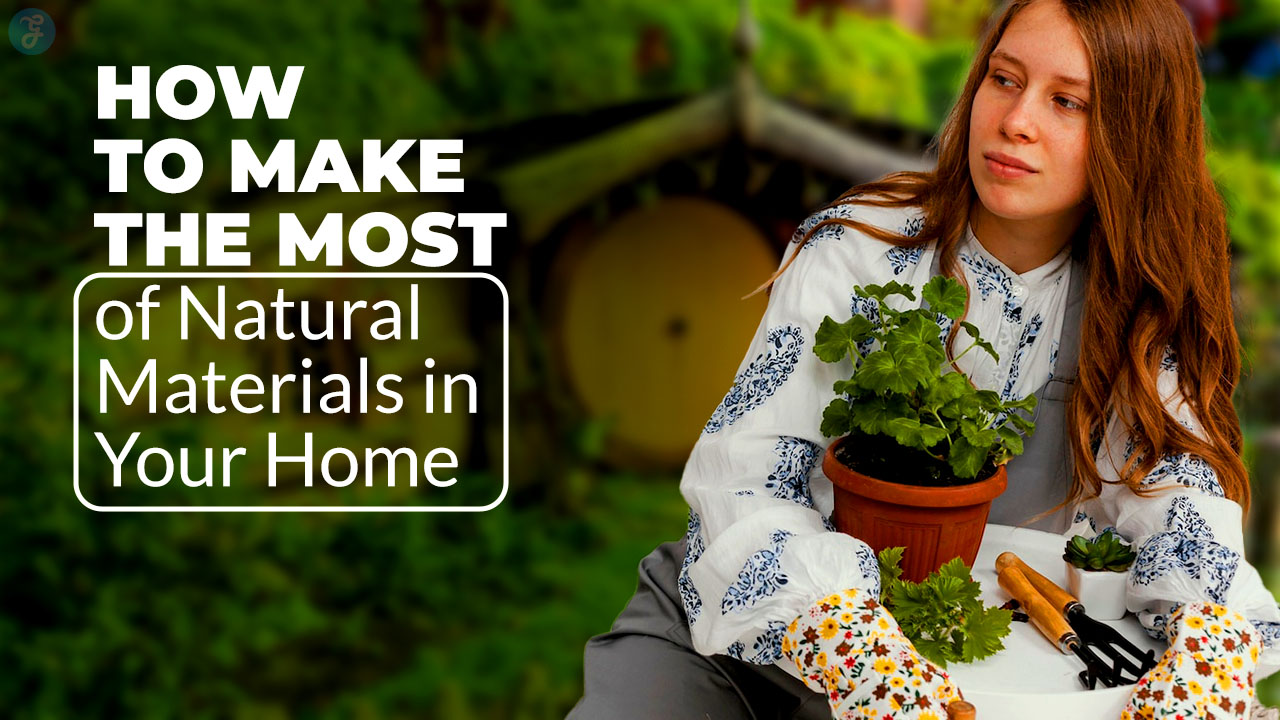Gardens are not just about visual beauty; they should also engage our sense of smell. The right flowers can fill your outdoor space with delightful aromas, making your garden a truly sensory experience.
If you’re looking to enhance your garden with scents as well as colors, consider planting some of the most fragrant flowers. In this article, we will explore ten of the most aromatic flowers you can grow.
Each of these flowers brings its own unique scent and charm to your garden, providing a feast for the senses.
1. Roses (Rosa spp.)
Roses are renowned for their classic beauty and enchanting fragrance. They come in various colors and sizes, and their scent can range from sweet and fruity to spicy and musky.
The most fragrant rose varieties include the ‘Double Delight,’ known for its spicy and fruity aroma, and the ‘Queen of Denmark,’ which offers a strong, old-fashioned rose scent.
– Growing Tips: Roses thrive in well-drained soil with plenty of sunlight. Regular pruning and deadheading can help maintain their shape and increase blooming.
2. Lavender (Lavandula spp.)
Lavender is celebrated for its soothing, calming fragrance. Its purple spikes of flowers are not only beautiful but also highly aromatic.
The scent of lavender can help reduce stress and promote relaxation, making it a popular choice for creating tranquil garden spaces.
– Growing Tips: Lavender prefers well-drained soil and full sun. It is drought-tolerant, making it suitable for low-water gardens. Regular pruning after flowering helps to keep the plant compact.
3. Gardenia (Gardenia jasminoides)
Gardenias are cherished for their creamy white flowers and strong, sweet fragrance.
The scent is often described as a blend of jasmine and citrus
These plants are ideal for adding a touch of elegance and a wonderful aroma to your garden.
– Growing Tips: Gardenias need acidic soil and protection from strong winds. They prefer partial shade and require consistent moisture to thrive.
4. Jasmine (Jasminum spp.)
Jasmine is famous for its intense, sweet fragrance that fills the air on warm summer evenings.
Varieties like the ‘Arabian Jasmine’ or ‘Star Jasmine’ are particularly fragrant. Jasmine flowers are often used in perfumes and can add a touch of exotic charm to your garden.
– Growing Tips: Jasmine needs full sun to partial shade and well-drained soil. Regular watering is essential, especially during dry spells.
5. Lilacs (Syringa vulgaris)
Lilacs are loved for their beautiful clusters of flowers and their strong, sweet scent.
The fragrance of lilacs can be reminiscent of vanilla or clover, making them a favorite in many gardens.
They bloom in a range of colors, from lavender to white.
– Growing Tips: Lilacs prefer well-drained soil and full sun. Pruning after flowering can help maintain their shape and encourage more blooms.
6. Sweet Peas (Lathyrus odoratus)
Sweet peas are known for their delicate, sweet fragrance and vibrant colors. These annual climbing plants produce an abundance of blooms that can infuse your garden with a light, pleasant scent.
They are often used in bouquets due to their attractive appearance and fragrance.
– Growing Tips: Sweet peas thrive in cool weather and full sun. Provide a trellis or support for climbing, and ensure the soil is well-drained and rich in organic matter.
7. Honeysuckle (Lonicera spp.)
Honeysuckle, belonging to the genus Lonicera, comprises around 180 species of shrubs and twining vines. These plants are primarily found in the Northern Hemisphere and are celebrated for their sweetly scented flowers, which bloom from June to September.
The most common species include Lonicera periclymenum (common honeysuckle or woodbine) and Lonicera japonica (Japanese honeysuckle) .
– Growing Tips: Honeysuckle prefers full sun to partial shade and well-drained soil. Regular pruning helps to manage its growth and encourage flowering.
8. Peonies (Paeonia spp.)
Peonies are admired for their large, lush blooms and their fragrant scent, which can range from sweet and floral to slightly spicy.
The scent of peonies adds a luxurious touch to garden spaces and is often associated with late spring and early summer.
– Growing Tips: Peonies require well-drained soil and full sun. They need a period of winter chill to bloom well, so ensure they are planted in a suitable climate.
9. Magnolia (Magnolia spp.)
Magnolias are known for their large, fragrant flowers that can fill the garden with a rich, citrusy aroma. The blooms are typically creamy white or pink, and they add a touch of sophistication to any garden.
– Growing Tips: Magnolias prefer well-drained soil and full sun to partial shade. They need space to grow, as they can become quite large.
10. Mint (Mentha spp.)
Though not a traditional flowering plant, mint deserves mention for its strong, refreshing aroma. The fragrant leaves of mint plants can add a wonderful scent to your garden and can be used in cooking or teas.
– Growing Tips: Mint grows best in moist, well-drained soil and full sun to partial shade. It can spread quickly, so consider planting it in containers or using barriers to control its growth.
Conclusion
Incorporating fragrant flowers into your garden not only enhances its visual appeal but also creates an inviting atmosphere through pleasant scents. Each of these ten flowers offers its own unique aroma and can thrive in various conditions, making them versatile choices for any garden.
Whether you’re looking for the classic beauty of roses or the exotic allure of jasmine and B&M Florist, these fragrant flowers will bring a new dimension to your outdoor space.
By choosing plants with different blooming times and scents, you can ensure that your garden remains aromatic throughout the growing season.
So why wait? Start planting these fragrant flowers today and enjoy the beauty and aroma they bring to your garden.













































